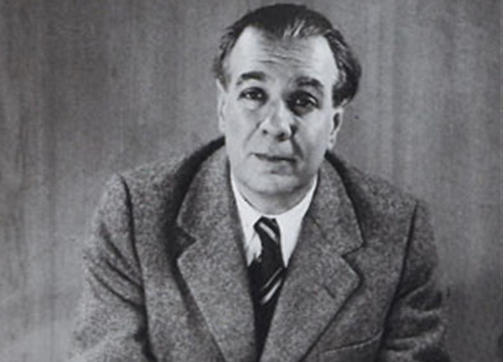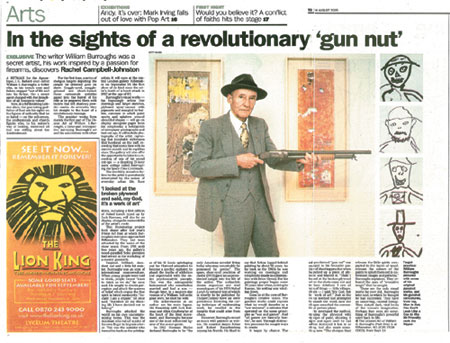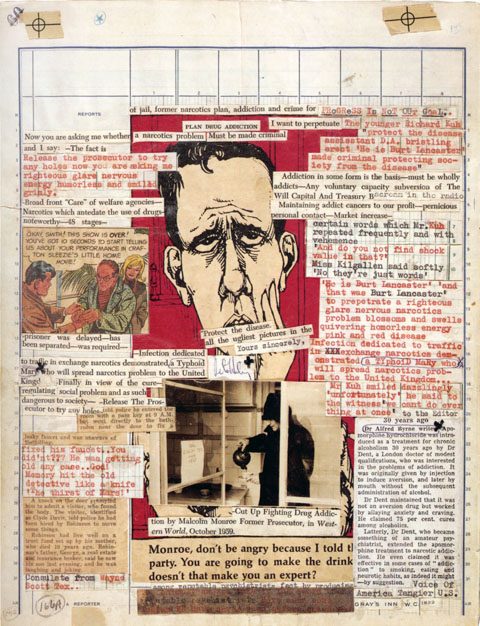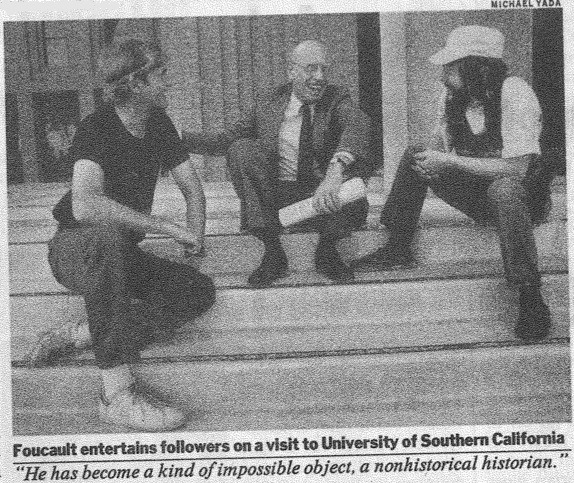These days Noam Chomsky is probably most famous for his consistent, outspoken criticism of U.S. foreign policy. Yet before the War on Terror and the War on Drugs, Chomsky became internationally famous for proposing a novel solution to an age-old question: what does a baby know?
Plato argued that infants retain memories of past lives and thus come into this world with a grasp of language. John Locke countered that a baby’s mind is a blank slate onto which the world etches its impression. After years of research, Chomsky proposed that newborns have a hard-wired ability to understand grammar. Language acquisition is as elemental to being human as, say, dam building is to a beaver. It’s just what we’re programmed to do. Chomsky’s theories revolutionized the way we understand linguistics and the mind.
A little while ago, film director and music video auteur Michel Gondry interviewed Chomsky and then turned the whole thing into an extended animated documentary called Is the Man Who Is Tall Happy? (which is currently available on Netflix’s streaming service).
Above is a clip from the film. In his thick French accent, Gondry asks if there is a correlation between language acquisition and early memories. For anyone who’s watched Eternal Sunshine of the Spotless Mind, you know that memory is one of the director’s major obsessions. Over Gondry’s rough-hewn drawings, Chomsky expounds: “Children know quite a lot of a language, much more than you would expect, before they can exhibit that knowledge.” He goes on to talk about new techniques for teaching deaf-blind children and how a day-old infant interprets the world.
As the father of a toddler who is at the cusp of learning to form thoughts in words, I found the clip to be fascinating. Now, if only Chomsky can explain why my son has taken to shouting the word “bacon” over and over and over again.
To gain a deeper understanding of Chomsky’s thoughts on linguistics, see our previous post: The Ideas of Noam Chomsky: An Introduction to His Theories on Language & Knowledge (1977)
If you would like to sign up for Open Culture’s free email newsletter, please find it here. Or follow our posts on Threads, Facebook, BlueSky or Mastodon.
If you would like to support the mission of Open Culture, consider making a donation to our site. It’s hard to rely 100% on ads, and your contributions will help us continue providing the best free cultural and educational materials to learners everywhere. You can contribute through PayPal, Patreon, and Venmo (@openculture). Thanks!
Related content:
Michel Gondry’s Finest Music Videos for Björk, Radiohead & More: The Last of the Music Video Gods
Noam Chomsky & Michel Foucault Debate Human Nature & Power (1971)
What Makes Us Human?: Chomsky, Locke & Marx Introduced by New Animated Videos from the BBC
Jonathan Crow is a Los Angeles-based writer and filmmaker whose work has appeared in Yahoo!, The Hollywood Reporter, and other publications. You can follow him at @jonccrow. And check out his blog Veeptopus, featuring lots of pictures of badgers and even more pictures of vice presidents with octopuses on their heads. The Veeptopus store is here.










